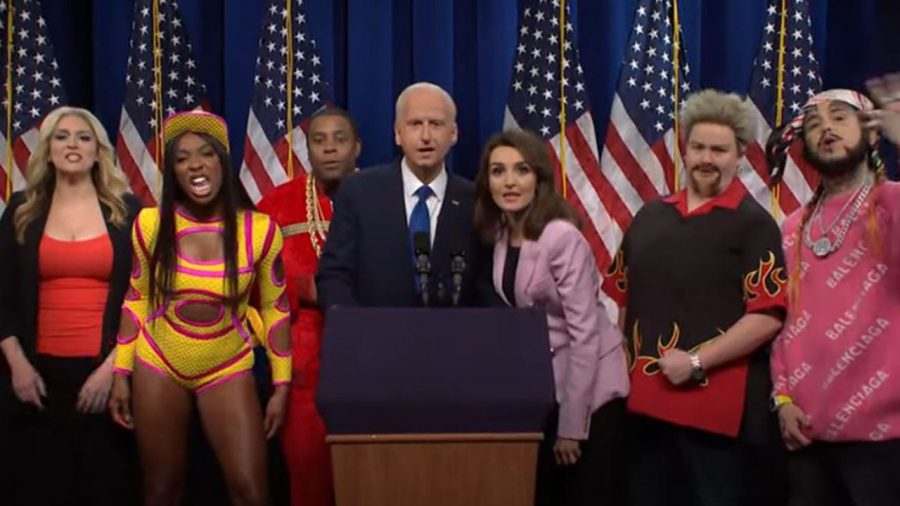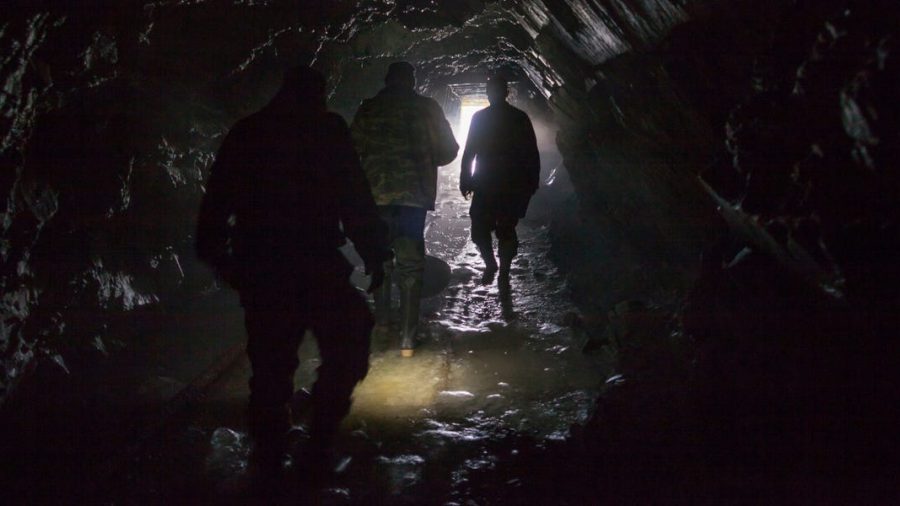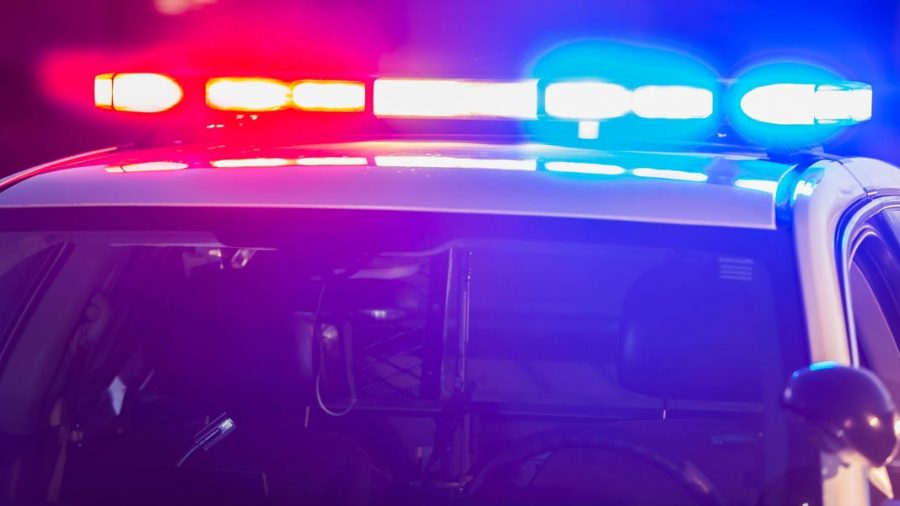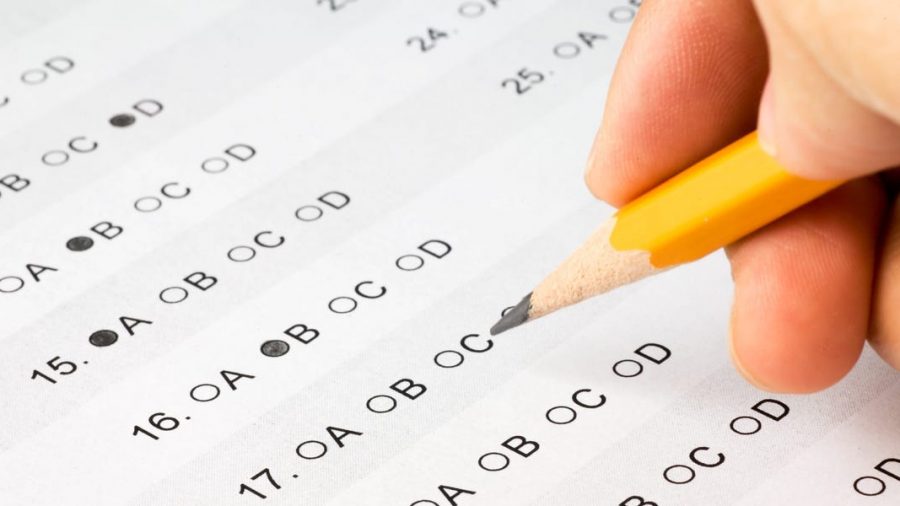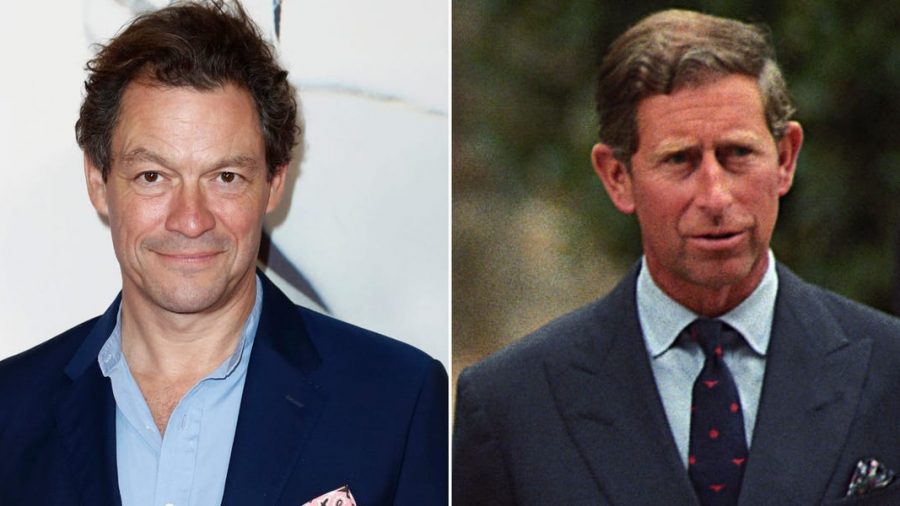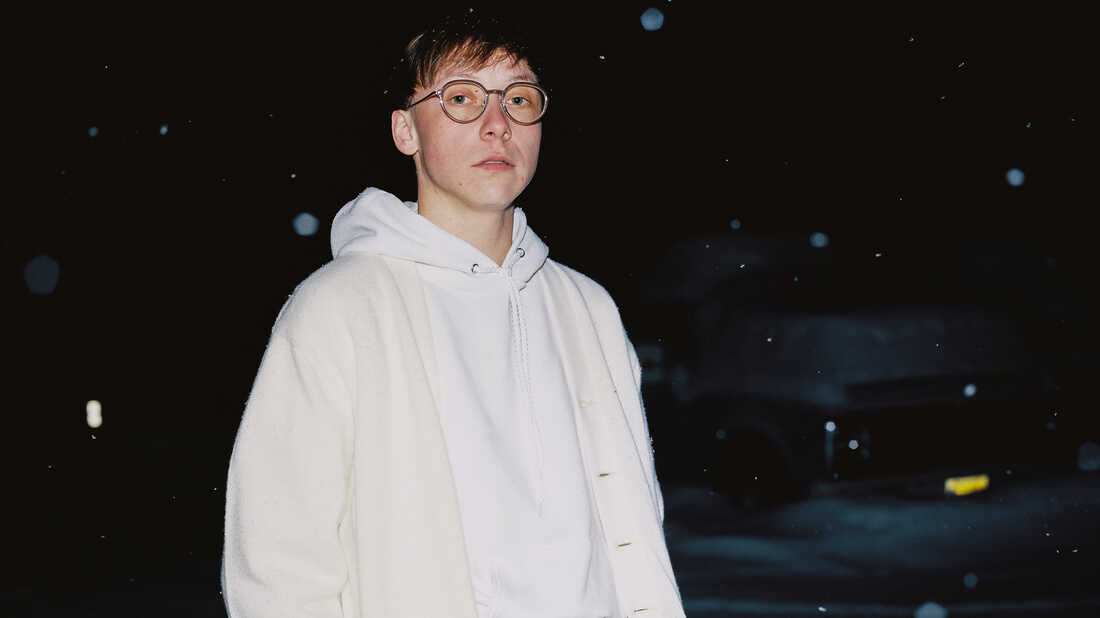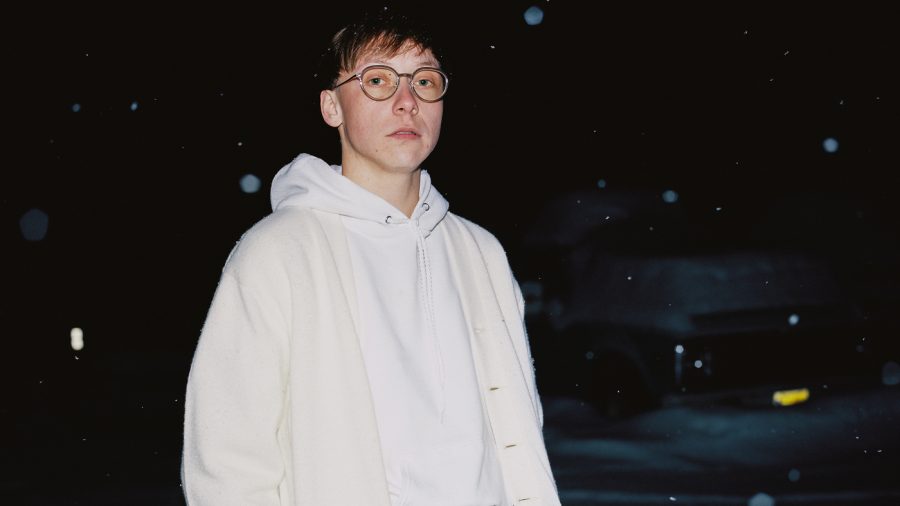As cases reach 6,600 countrywide, the Biden administration intends to declare monkeypox a public health emergency, according to two officials familiar with the situation who spoke to NBC News.
Politico was the first to break the story. Thursday at 2:15 p.m., Department of Health and Human Services Secretary Xavier Becerra is scheduled to give a briefing on the plan.
The declaration might speed up the distribution of vaccines, make it simpler for doctors to provide treatments, and make it easier for the Biden administration to gather more information about cases and vaccinations.
New York state, which declared a state of emergency last week, accounts for 25% of cases in the United States. Illinois and California declared states of emergency on Monday.
Monkeypox was designated a public health emergency of international concern by the World Health Organization last month, a classification saved for the most severe global disease outbreaks. It has been used in the past to treat cases of CoViD-19, Zika, H1N1, polio, and Ebola. The Centers for Disease Control and Prevention estimate that this year, there have been at least 26,200 cases confirmed globally.
Male-to-male sexual intercourse is the primary method of transmission for monkeypox, which was not the case during earlier virus outbreaks. According to a report released last week by the Department of Health and Human Services, all but one percent of the instances of monkeypox in the United States thus far have been in male babies.
While the outbreak is still going on, the WHO has advised males in the recently advised sexual partner category to cut back on their number of partners and think twice before engaging in new relationships.
People of all ages can contract monkeypox in the United States, but the average patient is around 35 years old. Five cases of pediatric infections have been reported by the CDC: two in California, two in Indiana, and one infant who is not a citizen of the United States but tested positive in Washington, D.C.
However, Jennifer Rice Epstein, the public affairs officer at the Long Beach Department of Health and Human Services, claimed the patient in her city was exposed via a close contact. The health authorities of Indiana and California declined to disclose more information about their pediatric cases.
According to HHS, as of last week, white individuals made up 37% of cases of monkeypox in the United States, followed by Hispanic or Latino people (31%), Black people (27%), and Asian people (4%).
A RASH HAS BEEN REPORTED IN MOST U.S. CASES
The rash that has been seen in 99 percent of cases of monkeypox in the United States thus far is among the symptoms, along with malaise, fever, and enlarged lymph nodes. Chills, headaches, and muscle soreness have also been mentioned by some patients.
While some individuals with monkeypox only experience one or two lesions, others may get thousands, according to the WHO.
Nearly 65% of those with monkeypox had less than 10 lesions, according to A study published last month in the New England Journal of Medicine, which studied cases in 16 countries between April and June. The genital or anus region was the location of the lesions most frequently, followed by the thorax, arms, or legs. Lesions on the face, palms, or soles of the feet were more rarely observed.
According to the study, symptoms usually started to manifest a week after exposure. In the study, 13% of participants were hospitalized, primarily for pain management.
Lesions from monkeypox often develop from red spots to little lumps on the skin, which can then develop into excruciating blisters that oozing yellowish fluid. However, an recent study of cases of monkeypox in London discovered that some people’s red rashes did not develop into pus-filled blisters.
In the past, the majority of monkeypox patients experienced flu-like symptoms prior to the onset of lesions, whereas just 61 percent of patients in the London study experienced this. 39 percent of people initially experienced lesions.
Keep the virus at bay and put an end to this outbreak.
To control the outbreak, public health officials are using a mix of testing, specialized immunizations, and treatment.
The Jynneos vaccine, a two-shot course that can prevent monkeypox if administered before or within four days of contact, had been given out 338,000 times in the United States as of July 28. It can lessen symptoms if administered within 14 days of exposure. States received an extra 786,000 treatments on July 29.
According to HHS, an additional 5.5 million doses have been requested by the US and should be delivered by May 2023.
The number of tests that can now be conducted weekly in the United States has jumped from 6,000 in May to 60,000 to 80,000.
Additionally, TPOXX, an antiviral medication approved for use against smallpox but also capable of treating monkeypox, has been administered to close to 10,000 Americans. According to HHS, 1.7 million of the medications are present in the Strategic National Stockpile. But for the time being, only people with severe disease or people who have a high chance of developing serious illnesses can utilize medications. To prescribe it for monkeypox, doctors must also undergo a lengthy paperwork process.
One of the numerous reasons sexual health professionals urged HHS and Becerra to issue a nationwide public health emergency was increased access to TPOXX.
David Harvey, executive director of the National Coalition of STD Directors, said in a news call on Tuesday that it was “unconscionable” to not make more modifications to make TPOXX accessible to everyone who needs it.
HHS authorities are still working to keep monkeypox from spreading around the country.
Staying ahead of the virus and putting an end to this outbreak are our two main objectives, Becerra stated last week.


